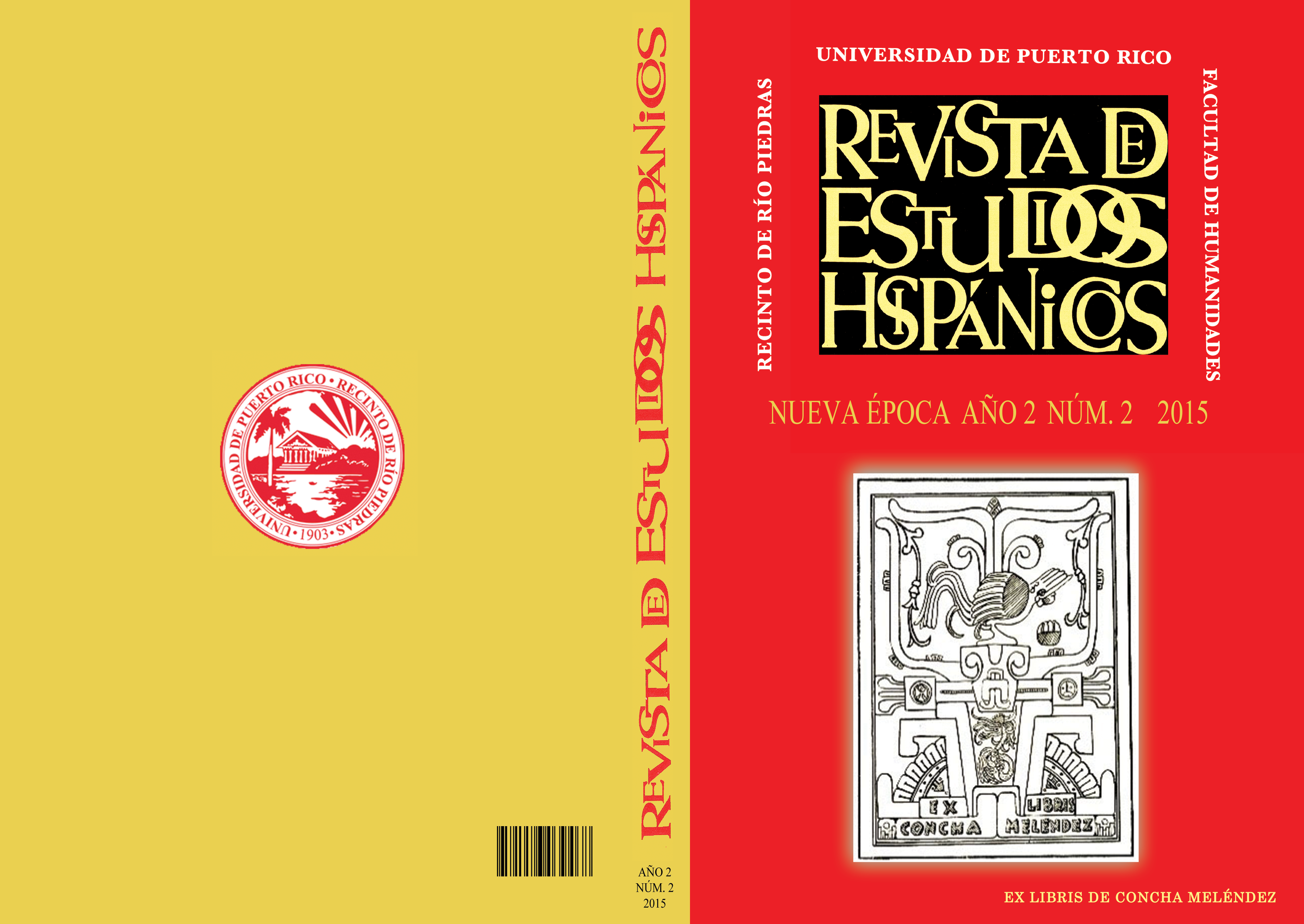Abstract
Between 1933 and 1969, the Peruvian writer Jose María Arguedas published twenty stories. Some of them are fundamental texts in the understanding of its total production to which novels, poems, essays, articles, translations and compilations of oral tradition are added. In this article, we propose that these stories can be divided into three stages: search and definition of a narrative style (1933-1935), exploration and experimentation of the possibilities of the story as a genre (1937-1945) style and innovation and representation the Andean world (1954-1969). Similarly, we identify in its discursive construction figure or archetype of Guerrero, ie, the presence of a human being that seeks to confront successfully against the wickedness of the world, and the development of an ethical proposal based on tenderness and love as initial axes whose references most significant stories are "Warma kuyay (amor de niño)", "Agua" and "Orovilca".This work is licensed under a Creative Commons Attribution-NonCommercial 4.0 International License.
Downloads
Download data is not yet available.

